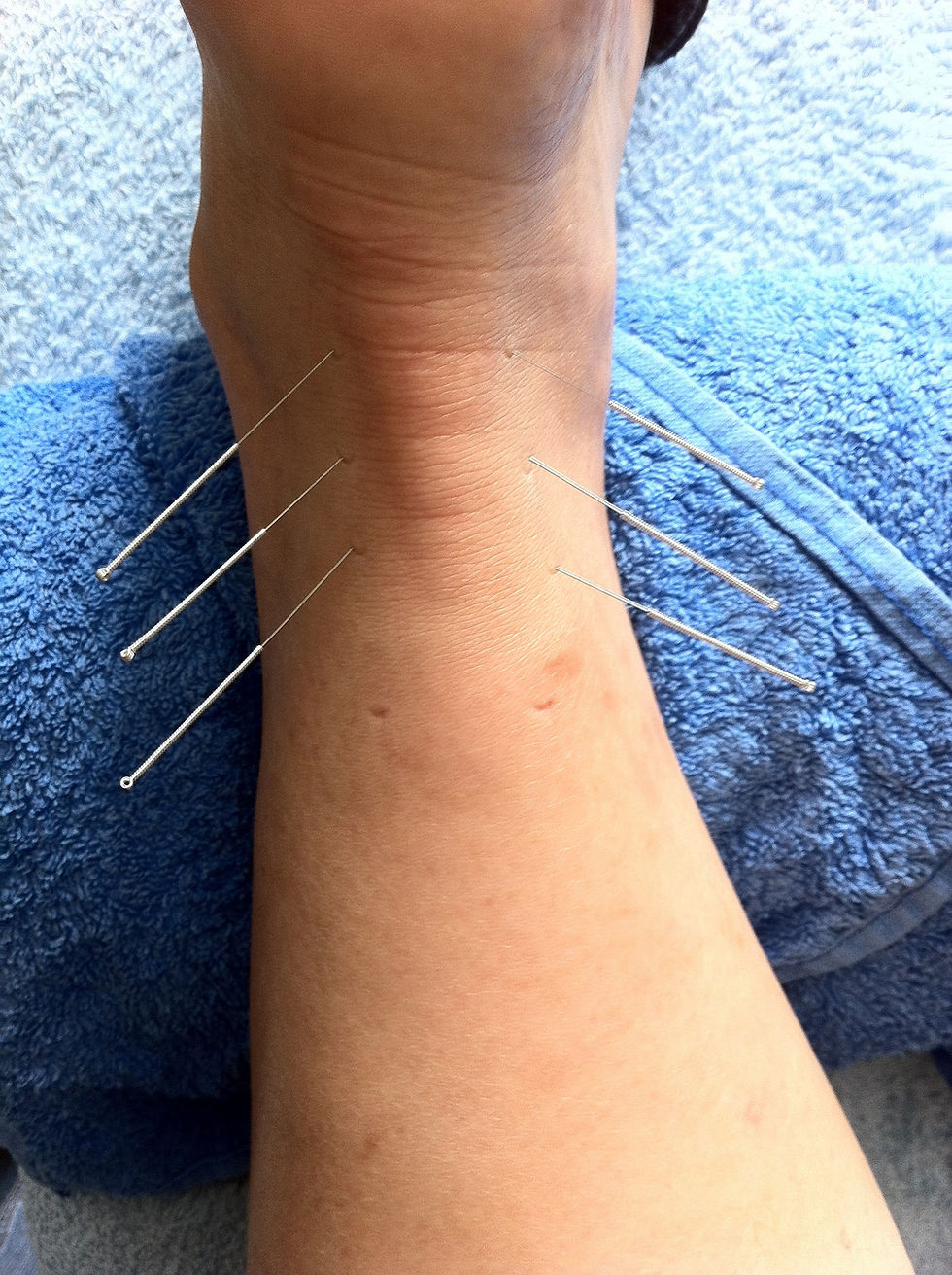Chinese Medicine
- Joanne Lee
- May 20, 2021
- 4 min read
By Celine Chin

Chinese medicine is one of the oldest medical practices in the world and has existed for at least twenty-three centuries. Although Chinese medical practices are nearly ancient, some of these approaches are still being used today. Philosophy plays a big role within the field of Chinese medicine in understanding how the health of the human body works. Chinese medicine is based on the principles of Yin and Yang; the Yin-Yang relationship describes everything in the universe as connected and complementary to each other. A balance of the two is believed to result in good health.

One approach used in Chinese medicine is acupuncture, which requires the penetration of thin needles into the skin to target specific points on the body. It started becoming a popular practice in Western society in 1971, but was originally developed during the Shang Dynasty around 1600 to 1100 BC. There are about two thousand points on the body that can be targeted during acupuncture, all of which are linked by twelve meridians that conduct Qi at the surface of the skin to the body’s organs. Qi is the broad concept of energy and encompasses all forms of energy, from light energy to the energy in the earth. Bodily functions like nerve impulses, movement, thought, and emotion are also considered forms of Qi. It is believed that acupuncture has the ability to balance Yin and Yang, with Yin being linked with the parasympathetic nervous system and Yang being linked with the sympathetic nervous system. When these two are balanced, the regular flow of Qi associated with neural transmission can be restored, thereby allowing good health to return to the body. Acupuncture is often used for purposes such as pain relief to help conditions in which chronic pain is involved, like arthritis. An electrical current may also be added to the needles once they have been inserted to further stimulate the points on the body that are being targeted. When paired with an electrical current, acupuncture can be quite effective in treating neuromuscular disorders.
In cases where patients fear needles, acupressure or auricular acupuncture may be used instead. With acupressure, the practitioner uses their fingers to put pressure on specific points. In auricular acupuncture, small needles, vaccaria seeds, pellets, or ear tacks are put on particular points of the ear. Some patients can feel restless due to the anxiety of having to deal with needles, so auricular acupuncture doesn’t require the patient to stay completely still. This can allow patients to more easily receive the benefits of acupuncture.

Another method used in Chinese medicine is cupping, where heated glass or plastic cups are put on the body. A cotton ball or other flammable material is put into the cup to remove the oxygen inside of it and warm it up. The material is then taken outside of the cup before the cup is put onto the skin. The skin gets sucked up into the cup when the air in the cup cools and creates an environment of lower pressure. Cupping is typically used on areas such as the back and stomach. The cups can either be left in place for a bit or slid around on the area it has been placed. Doing this has been believed to stimulate blood flow, balance Qi, and draw out toxins in the body. It can also help relieve pain and relax the muscles.
Tai chi was established in China as a martial art, with many believing that it can treat or prevent certain health problems. It involves slow motions where the muscles are relaxed rather than tensed, the joints are not fully bent, and it often uses circular movements. Qi Gong, which translates to “breath work,” is also another term for tai chi. This is because Qi Gong involves movement that is combined with breathing. Because basic tai chi is not very intense, anyone can do it, from the seemingly fittest people to those who may be recovering from surgery. Tai chi can have various benefits, such as developing muscle strength, flexibility, balance, improved immunity, stress release, and aerobic conditioning.
While modern medicine prevails in many societies, there are Chinese practices that are still being practiced to this day, which suggests that there is quite a bit of evidence that some Chinese approaches are effective in providing benefits for one’s health.
Questions
Q: How is acupuncture done? What is an alternative to acupuncture for the body?
A: Thin needles are inserted into particular points on the body and can be used for various purposes such as pain relief and helping with nausea. An alternative to acupuncture is acupressure, where fingers are used to apply pressure onto specific points on the body instead of needles. Another alternative to acupuncture for the body is auricular acupuncture. If patients are restless due to their fear of needles, doing auricular acupuncture using things like vaccaria seeds, pellets, and ear tacks can help as patients do not need to be as still during treatment.
Q: What is fire cupping and what is it believed to do?
A: With fire cupping, a piece of material is set on fire and put into a cup. Before the cup is placed onto the body, the material is taken out. After the skin has been sucked into the cup, the cup can be moved around or left in place to help stimulate blood flow, relieve pain and relax the muscles.
Sources:
Websites:
Images:
No changes were made, https://commons.wikimedia.org/wiki/File:Fire_Cupping.jpg, License: Creative Commons Legal Code




Comments